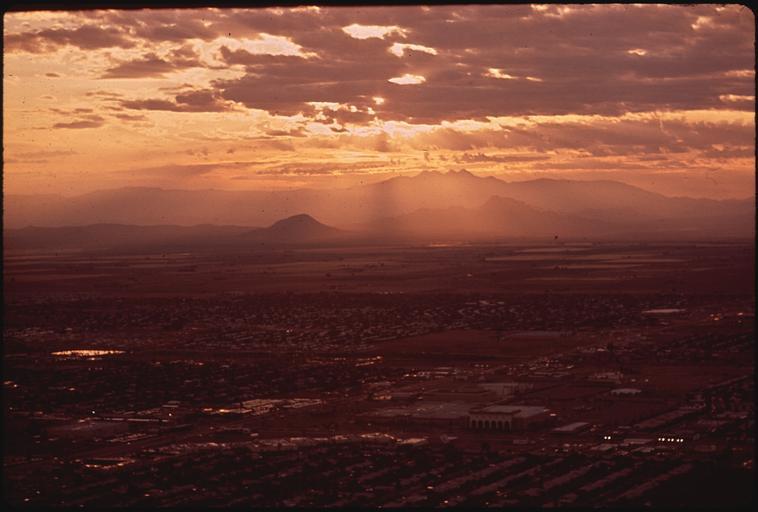Introduction
Art has a profound way http://curiositycorner222.wpsuo.com/fine-art-photography-for-the-home-elevating-your-space of reflecting personal identity, enabling individuals to explore their emotions, thoughts, and experiences. One of the most intimate forms of artistic expression is self-portraiture—a practice that allows artists to delve deep into their psyche and express their unique perspectives. Through techniques like Aesthetic Photography, Self-Portrait Photography, and Contemplative Photography, the artist’s journey transforms into a visual narrative that resonates with viewers. In this article, we will embark on a comprehensive exploration of identity through self-portraiture and beyond.
With an eye on various artistic styles such as Abstract Portraits and Faceless Portraits, we'll analyze how photographers capture moments in time that reflect not just the physical self but also the emotional landscape within. By examining various artistic choices and techniques—ranging from traditional approaches like Linocut Printing Techniques to modern trends—we will uncover how these practices influence home decor, emotional reflection, and the broader concept of identity in art.
Exploring the Depths of Identity through Self-Portraiture and Beyond
Self-portraiture serves as a mirror, reflecting both our external appearances and our internal complexities. The act of creating a self-portrait can be therapeutic; it allows for introspection and invites us to confront aspects of ourselves we might otherwise overlook. But what does it mean to explore identity through this medium?
Understanding Self-Portrait Photography
Self-portrait photography is not merely about taking a picture of oneself; it’s about storytelling. Each image captures a moment in time where emotions can seep through the frame. This form of photography often aims to convey messages about who we are or wish to be, making it an essential tool for self-expression in art.
The Evolution of Self-Portraits
Historically, self-portraits have been created using various mediums—from oil painting to photography. As technology evolved, so did the tools available for artists. Today, smartphones allow for instantaneous capture, encouraging more people to engage with self-portrait photography than ever before.
Techniques in Self-Portrait Photography
Lighting: Understanding light is crucial for any photographer. Natural lighting can create soft shadows that enhance facial features. Composition: Framing your portrait effectively can elevate its visual impact. Emotional Expression: Capturing genuine emotions adds depth to your portrait.The Role of Aesthetic Qualities in Art
The aesthetic qualities present in art play a significant role in conveying identity. The choice of colors, textures, and shapes all contribute to how one perceives a piece.
Color Palette in Design
The colors used in self-portraits can evoke specific feelings or thoughts about identity:
- Warm colors may suggest intimacy or passion. Cool colors might indicate calmness or sadness.
By carefully selecting a color palette, artists can communicate layers of meaning within their work.
Types of Portrait Styles Explored
Different styles bring out varied facets of identity—each telling its own unique story.
Faceless Portraits: Anonymity vs Identity
Faceless portraits challenge traditional notions by stripping away identifiable features yet still managing to convey emotion and atmosphere:
They evoke curiosity about the subject's inner world. They invite viewers to fill in the narrative with their imagination.Fine Art Photography: Elevating Self-Portraits
Fine art photography goes beyond mere representation; it seeks beauty and conceptual depth:
- Here, photographers combine technical skill with artistic vision. The goal is often not just to capture an image but to make a statement.
Abstract Portraits: Exploring Non-conformity
In abstract portraits, identity becomes fluid—no longer tied strictly to physical form:
Artists use shapes, colors, and textures creatively. This style encourages viewers to interpret meanings based on personal experiences.Contemplative Photography: A Pathway to Reflection
Self-portraiture can also serve as a meditative exercise—a way for artists to reflect on their lives:
It encourages mindfulness by forcing one to slow down. Through contemplation, deeper connections with one’s identity emerge.Emotional Reflection in Art
Art evokes feelings; thus, emotional reflection becomes integral when exploring identity:
How do certain images resonate with viewers? What emotions do they trigger?In answering these questions, artists can better understand themselves while also engaging their audience on emotional levels.
Interior Design Meets Artistic Expression
Art doesn’t only live in galleries; it finds its place within our homes too! The intersection between art photography and home decor is rich with possibilities.
Home Interior Design: Infusing Personality Through Art
Artistic wall hangings provide opportunities for individuals to express their identities within everyday spaces:

Gallery Wall Inspiration: Creating Visual Narratives at Home
Gallery walls allow homeowners the chance to curate their own narratives using photography techniques:
Combining different styles creates an eclectic feel. Thought-provoking imagery stimulates conversation among guests.Exploring Aesthetic Trends in Art & Home Decor
As our understanding grows regarding aesthetics' power over mood enhancement,
Vibrant Color Compositions: Setting the Mood at Home
Colors significantly influence our perception—whether calming blues or energetic reds—what vibe does each room carry?
Stylish Wall Decor
Incorporating colorful portraits into wall decor not only enhances aesthetics but also serves as daily affirmations or reminders about one’s identity journey.
FAQ Section
Q1: What is self-portrait photography?
Self-portrait photography involves capturing images where the subject is also the photographer.
Q2: How do abstract portraits differ from traditional portraits?
Abstract portraits focus less on realism and more on emotional interpretation through forms and colors.
Q3: Can interior design include art photography?
Absolutely! Many use art photography as focal points or accents that reflect personal style.
Q4: Why are faceless portraits significant?
They invite viewers into a narrative without revealing everything about the subject.
Q5: How does color influence emotional response in art?
Colors evoke different feelings which can significantly affect how we perceive an artwork.
Q6: What role does contemplative photography play?
It encourages introspection by allowing artists space for reflection before creating.
Conclusion
In conclusion, exploring identity through self-portraiture offers immense possibilities for personal growth and creative expression; it's about delving deep into one's essence while simultaneously inviting others into that world through visual storytelling. The interplay between various artistic techniques—from traditional methods like linocut printing techniques to contemporary approaches involving large canvases—enriches both individual experiences and broader cultural dialogues surrounding identity today.

As we continue this journey “Exploring the Depths of Identity through Self-Portraiture and Beyond,” let us embrace every layer that contributes uniquely toward shaping who we are—both seen outwardly through artistry yet felt deeply within ourselves as individuals navigating life’s complex tapestry!